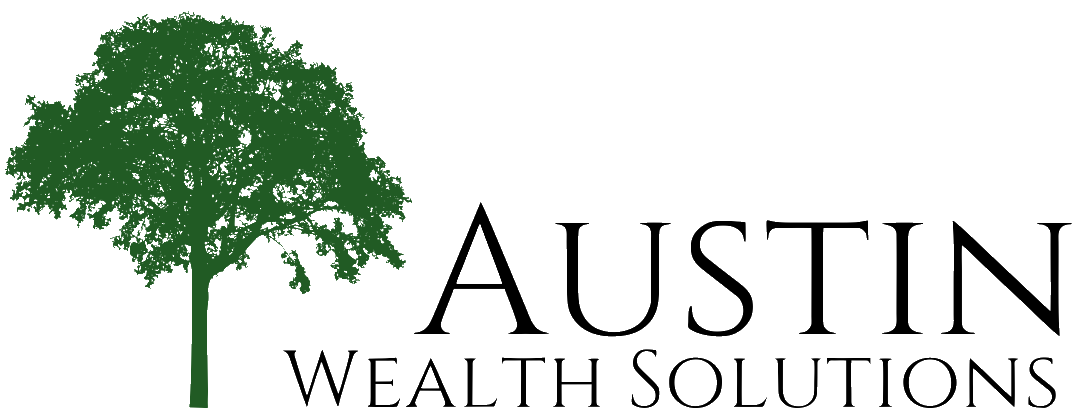As individuals approach retirement, a critical question arises: how much should one withdraw from retirement accounts to ensure a comfortable and financially secure post-work life? The answer isn't one-size-fits-all; it requires careful consideration of various factors, including retirement goals, account types, tax implications, and expected expenses. Strategic withdrawal planning is key to making the most of your retirement savings and ensuring they last throughout your retirement years.
1. Understand Your Retirement Goals: Before determining how much to withdraw, it's important to have a clear understanding of your retirement goals and lifestyle expectations. Consider your desired standard of living, travel plans, healthcare expenses, hobbies, and any other activities you intend to pursue during retirement. Having a well-defined retirement vision can help you estimate your expenses accurately.
2. Assess Your Retirement Accounts: Retirement savings might be spread across various accounts, such as 401(k)s, IRAs, Roth IRAs, and pension plans. Each account has its own tax treatment and withdrawal rules. Understanding the tax implications of withdrawals from different account types can influence your withdrawal strategy.
3. Follow the 4% Rule as a Starting Point: The "4% rule" is a widely referenced guideline for retirement withdrawals. It suggests that in the first year of retirement, you can withdraw 4% of your total retirement savings, adjusting subsequent withdrawals for inflation. This rule is based on historical market performance and is meant to provide a reasonable chance of your savings lasting 30 years or more.
4. Consider Your Portfolio Allocation: The composition of your investment portfolio can impact withdrawal decisions. A balanced allocation of stocks, bonds, and other assets affects the potential growth and stability of your portfolio. A diversified portfolio may allow you to adjust your withdrawal rate based on market conditions while maintaining a level of sustainable income.
5. Factor in Social Security and Other Income Streams: Social Security benefits and any other sources of retirement income, such as rental properties or part-time work, should be considered when determining withdrawal amounts. These income sources can reduce the reliance on your retirement accounts and affect the timing and amount of withdrawals.
6. Account for Inflation: Inflation erodes the purchasing power of your savings over time. When planning withdrawals, it's important to account for the impact of inflation on your expenses. Adjusting withdrawals annually for inflation helps ensure that your income keeps pace with rising costs.
7. Be Mindful of Tax Implications: Withdrawals from different retirement accounts can have varying tax consequences. Traditional 401(k) and IRA withdrawals are generally taxed as ordinary income, while Roth IRA withdrawals are tax-free if certain conditions are met. Balancing withdrawals between taxable and tax-advantaged accounts can help manage your tax liability during retirement.
8. Adjust Withdrawals for Changing Circumstances: Life is unpredictable, and your financial situation might change during retirement. Market fluctuations, unexpected expenses, and health-related costs can impact your withdrawal strategy. Remaining flexible and prepared to adjust your withdrawals in response to changing circumstances is essential.
9. Consult Financial Professionals: Determining optimal withdrawal strategies can be complex, especially considering the unique aspects of your financial situation. Consulting with financial advisors, tax professionals, or retirement planning experts can provide valuable insights tailored to your individual needs.
10. Regularly Review and Adjust: Retirement is a dynamic phase of life, and your withdrawal strategy should evolve accordingly. Regularly review your financial plan, monitor the performance of your investments, and adjust your withdrawals based on your portfolio's performance, market conditions, and changes in your retirement goals.
In conclusion, the question of how much to withdraw from retirement accounts for retirement doesn't have a definitive answer. It's a nuanced decision influenced by personal goals, financial circumstances, market dynamics, and tax considerations. Developing a well-informed strategy that aligns with your vision of retirement and adapts to changing conditions is essential for ensuring a stable and fulfilling post-work life.
